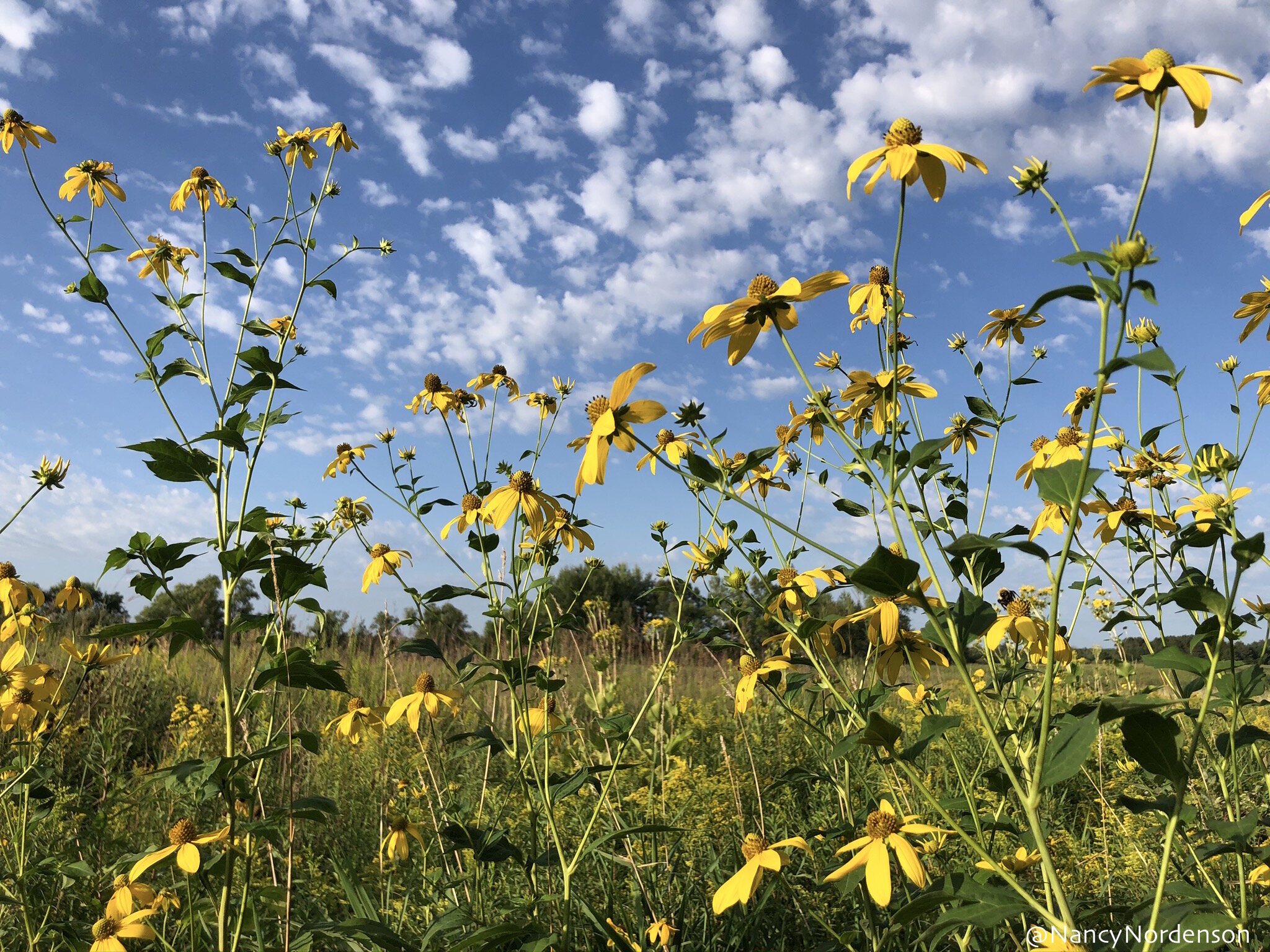Recently, I read the first poem in a book that's been sitting on my shelf, unopened, for a long time. "After Work" by Jane Hirshfield in her book Of Gravity and Angels. Of course the title intrigued me. “After Work.” Work isn’t a common word in the titles of poems.
I invite you to pause now and read the poem for yourself. Here’s a link to where the poem is printed. Please do click the link and read it. But don’t forget to come back. Or, if you’d prefer, click the link below and listen to me read the poem (with Over the Rhine, "May God Love You" in the background).
This poem is anchored in the the after-work space. Work is over, and it has likely consumed the mind and the physical energy of the poem's narrator. She has sat at a desk or stood at a work station or bounced here and there around other people's needs all day. Consumers, patients, customers, colleagues. Probably inside 4 walls, probably in indirect lighting, probably following a script of some sort, probably channeling from her experience and education only what is applicable to the task at hand. Eight hours later, more or less, and the work is done. Punch the time card, close down the machines, hang up the white coat, the apron, the lanyard with her name tag.
And the narrator enters the space of the rest of her life.
She enters full and whole and living space. Beauty is present. She calls to an animal, a horse, obviously known and loved. She offers a treat, corncobs. They look at each other eye-to-eye. And the universe is reflected in the horses’ eyes.
and in the night, their mares' eyes shine, reflecting stars,
the entire, outer light of the world here.
When I first read those last lines I nearly gasped.
During work, however you define work, our efforts are one teeny tiny piece of the whole, and here now, when work is done, is the remembrance of the whole. Here now is the need to reorient. The need to shake ourselves and remember, with each leaving of work, the immensity of the universe of which the work was a part. Shake yourself and expand. Relax your eyes and reorient to more than what you see at your desk, your work station, your register, your waiting room, your conference table. See the whole.
The reflection in these horses’s eyes is reminding the narrator and you and me to emerge from the tunnel of our days and newly re-imagine the universe in which we work and breathe and live.
~~~
[photo: early morning rabbit prints]






